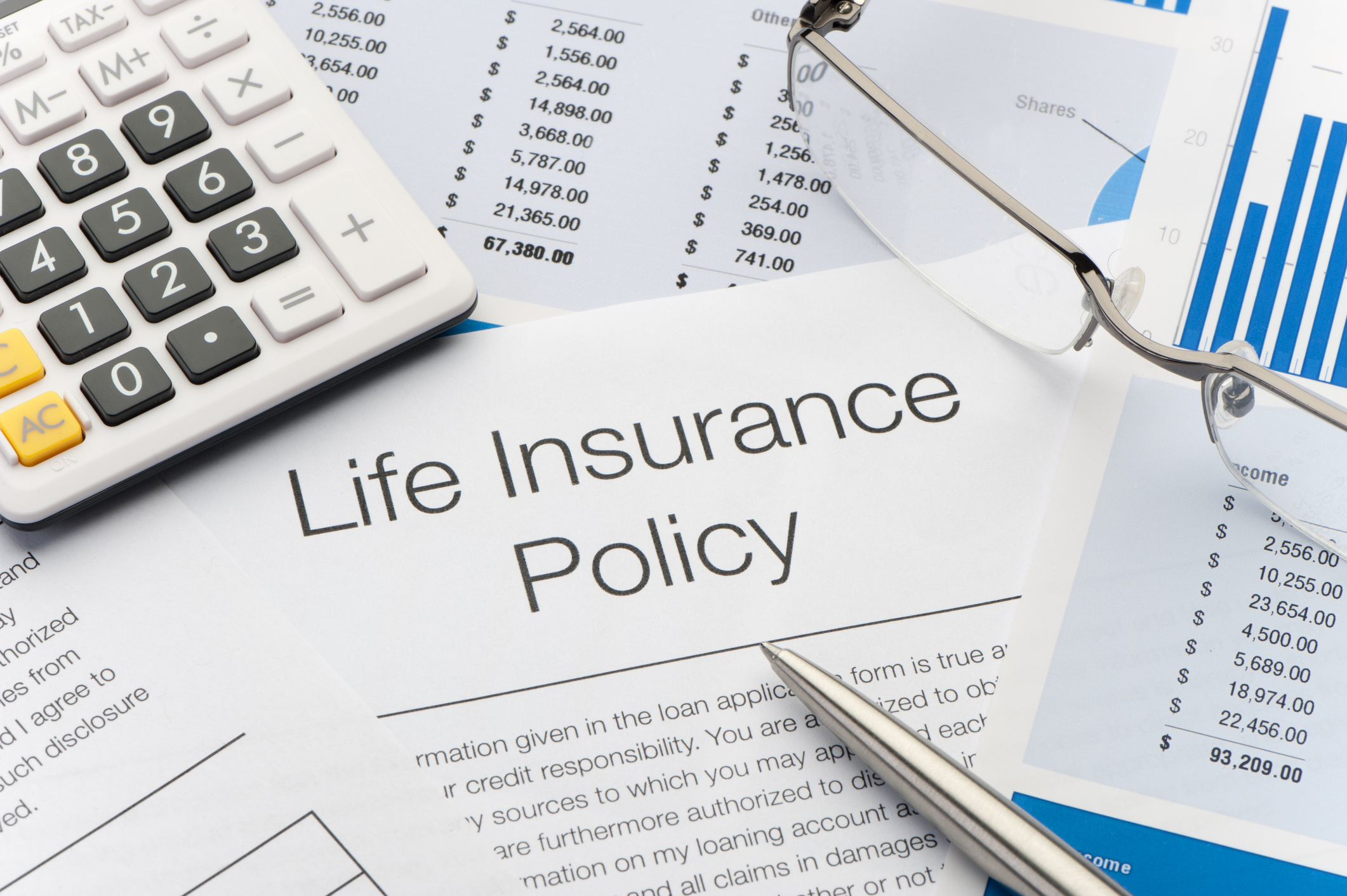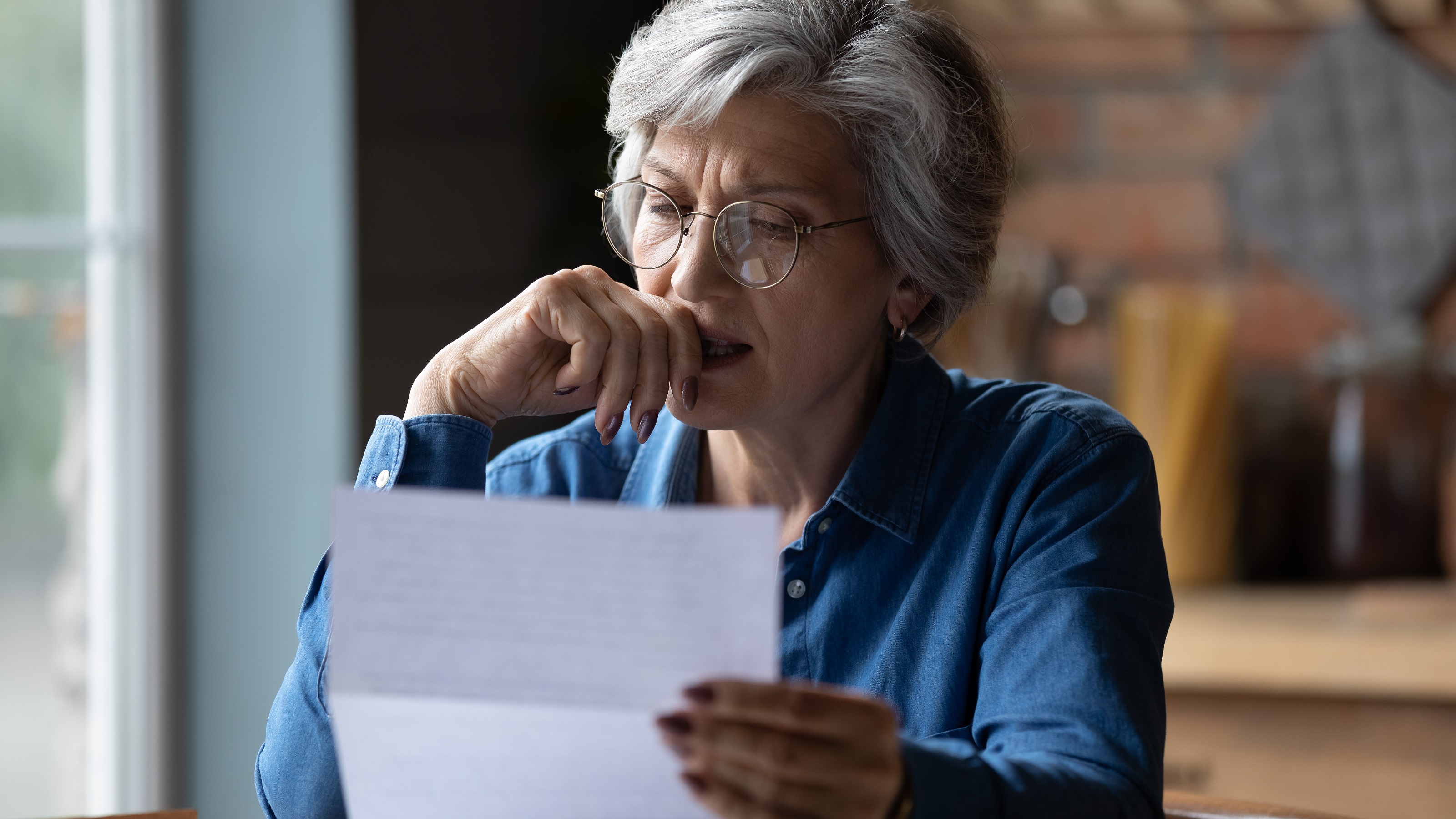Your Retirement: What’s Luck Got to Do with It?
Running out of money is any retiree’s biggest fear. If you don’t want your retirement security to come down to dumb luck, you need to protect yourself from a risk that might be scarier than inflation or taxes: sequence of returns risk.


Dealing with the unpredictability of the markets can be a challenge for any investor. No one wants to see their portfolio diminished by a sudden dip or long-term downturn, no matter how young or old they might be or what their investment goals are. But for those who are near or new to retirement and planning to pull a portion of their income from their investments, a market decline can be especially devastating.
Remember, when you’re close to or in retirement, you have less time to recover from a big loss. And if you’re withdrawing money from a depleted retirement account — one you’re no longer contributing to — you risk running through your funds much faster than planned.
This nasty (and often overlooked) retirement threat is called “sequence of returns risk.” Essentially, it’s the possibility that fate could deal you a lousy hand just because you picked the wrong time to retire. If your stocks are at a low because of a correction or crash, and you’re forced to sell more shares to generate the same amount of income, you could significantly reduce the longevity of your portfolio.

Sign up for Kiplinger’s Free E-Newsletters
Profit and prosper with the best of expert advice on investing, taxes, retirement, personal finance and more - straight to your e-mail.
Profit and prosper with the best of expert advice - straight to your e-mail.
A Fateful Story of 2 Brothers
Compared to other big retirement risks, such as inflation, taxes and health care costs, sequence of returns risk doesn’t get much attention. But it can take out a chunk of your retirement savings that may be difficult to recoup.
Here’s an example:
Let’s say we have two brothers, George and James. Each retired with $1 million. And each decided to withdraw $60,000 annually from his account.
But even though George and James retired just three years apart, their portfolio balances look very different over time. Unfortunately for George (whose returns are shown below), he retired in 2000, just as the market was experiencing a significant downturn. And right out of the gate, he had some major losses — in 2000, 2001 and 2002. Though he averaged a 4.96% rate of return through the years, he never really recovered from those early losses. George ran out of money in year 15 of retirement.
George’s Returns
| YEAR | BOY Value | Earnings Rate | Interest earnings |
| 1 | $ 1,000,000.00 | -10.14% | $ (101,400.00) |
| 2 | $ 838,600.00 | -13.04% | $ (109,353.44) |
| 3 | $ 669,246.56 | -23.37% | $ (156,402.92) |
| 4 | $ 452,843.64 | 26.38% | $ 119,460.15 |
| 5 | $ 512,303.79 | 8.99% | $ 46,056.11 |
| 6 | $ 498,359.90 | 3.00% | $ 14,950.80 |
| 7 | $ 453,310.70 | 13.62% | $ 61,740.92 |
| 8 | $ 455,051.62 | 3.53% | $ 16,063.32 |
| 9 | $ 411,114.94 | -38.49% | $ (158,238.14) |
| 10 | $ 192,876.80 | 23.45% | $ 45,229.61 |
| 11 | $ 178,106.41 | 12.78% | $ 22,762.00 |
| 12 | $ 140,868.41 | 0.00% | $ - |
| 13 | $ 80,868.41 | 13.41% | $ 10,844.45 |
| 14 | $ 31,712.86 | 29.60% | $ 9,387.01 |
| 15 | $ - | 11.39% | $ - |
| 16 | $ - | -0.73% | $ - |
| 17 | $ - | 9.54% | $ - |
| 18 | $ - | 19.42% | $ - |
| Row 19 - Cell 0 | Row 19 - Cell 1 | Row 19 - Cell 2 | Row 19 - Cell 3 |
| Row 20 - Cell 0 | Average Return | 4.96% | Row 20 - Cell 3 |
James (whose returns are shown below) retired in 2003, and he got off to a much better start. James had the same 4.96% average rate of return as George, but because his losses came later in retirement, his portfolio held up quite well. In his 18th year of retirement, James still had $940,749.
James’ Returns
| YEAR | BOY Value | Earnings Rate | Interest earnings |
| 1 | $ 1,000,000.00 | 26.38% | $ 263,800.00 |
| 2 | $ 1,203,800.00 | 8.99% | $ 108,221.62 |
| 3 | $ 1,252,021.62 | 3.00% | $ 37,560.65 |
| 4 | $ 1,229,582.27 | 13.62% | $ 167,469.10 |
| 5 | $ 1,337,051.37 | 3.53% | $ 47,197.91 |
| 6 | $ 1,324,249.29 | -38.49% | $ (509,703.55) |
| 7 | $ 754,545.74 | 23.45% | $ 176,940.98 |
| 8 | $ 871,486.71 | 12.78% | $ 111,376.00 |
| 9 | $ 922,862.71 | 0.00% | $ - |
| 10 | $ 862,862.71 | 13.41% | $ 115,709.89 |
| 11 | $ 918,572.60 | 29.60% | $ 271,897.49 |
| 12 | $ 1,130,470.09 | 11.39% | $ 128,760.54 |
| 13 | $ 1,199,230.64 | -0.73% | $ (8,754.38) |
| 14 | $ 1,130,476.25 | 9.54% | $ 107,847.43 |
| 15 | $ 1,178,323.69 | 19.42% | $ 228,830.46 |
| 16 | $ 1,347,154.15 | -10.14% | $ (136,601.43) |
| 17 | $ 1,150,552.72 | -13.04% | $ (150,032.07) |
| 18 | $ 940,520.64 | -23.37% | $ (219,799.67) |
| Row 19 - Cell 0 | Row 19 - Cell 1 | Row 19 - Cell 2 | Row 19 - Cell 3 |
| Row 20 - Cell 0 | Average Return | 4.96% | Row 20 - Cell 3 |
That’s the impact the wrong sequence of returns can have on a retirement account.
Unfortunately, there’s no way to predict what the stock market will do tomorrow, much less in a few years. So, trying to time your retirement date to avoid an early loss isn’t a viable strategy. There are things you can do, however, to try to avoid or reduce potential damage from sequence of returns risk:
Reduce your exposure to volatility
It’s not unusual to become a bit of a statement stalker as retirement nears — checking your portfolio’s performance regularly and celebrating every time your balance gets a boost. Obviously, it’s tempting to stick with a riskier portfolio mix when you’re seeing positive results. But it’s also important to be aware of what could happen if you fail to protect the money you have. As Warren Buffett once said, “The single greatest way to compound capital is to avoid large losses.”
As you move closer to retirement, your financial adviser can help you create a more diversified mix of stocks, bonds and other investments based on your goals, how much you’ve saved, and your tolerance for risk. (If the person handling your portfolio pushes back when you talk about protecting your future income, it might be time to look for an adviser who is a retirement specialist. Investing for decumulation is very different from investing for accumulation.)
Rethink your withdrawal strategy
You may have heard of the “4% Rule,” which asserts that retirees can reduce their risk of running out of money by withdrawing a steady 4% from their portfolio each year, adjusted for inflation. However, many financial experts have cautioned that the 4% rate, which is based on research that’s about three decades old, is no longer appropriate for modern investors in a low-interest environment. You may want to create a withdrawal plan that’s more personalized and/or flexible.
Look at income-producing investments
If you’re planning to use your investments to help create a retirement paycheck, you may want to switch at least a portion of your portfolio to reliable income producers. That could mean investing in dividend-paying stocks, annuities, bonds or even rental properties.
Pay down debt
If you can reduce credit card debt and pay off other financial obligations before you retire, you’ll have more flexibility when deciding how much you really need to withdraw from your accounts when the market is down.
Develop a bucket strategy
Another way to help ensure you have money for now and the future is to divide your savings and investments into three “buckets” that are designed to serve you in three phases of retirement — now, soon and later.
- Your “now” bucket would cover any living expenses — and larger emergency costs — you have in the first years of retirement. It could hold safe, easy-to-access investments, such as cash, cash equivalents and/or fixed-income investments.
- The “soon” bucket would set aside funds for a few years down the road. It would include some safer investments but also some equities for growth.
- The “later” bucket would cover your costs much later in retirement; and, if it’s a priority for you, it also can provide a legacy for your loved ones. Because it’s made for long-term growth, the later bucket could hold a higher percentage of equities, based on your personal risk tolerance.
You may find one or a combination of these strategies can help you improve your “luck” when it comes to dealing with sequence of returns risk.
Kim Franke-Folstad contributed to this article.
Disclaimer
The appearances in Kiplinger were obtained through a PR program. The columnist received assistance from a public relations firm in preparing this piece for submission to Kiplinger.com. Kiplinger was not compensated in any way.
Get Kiplinger Today newsletter — free
Profit and prosper with the best of Kiplinger's advice on investing, taxes, retirement, personal finance and much more. Delivered daily. Enter your email in the box and click Sign Me Up.

Derek Ghia is a Certified Financial Planner (CFP®) and managing director of Greensview Wealth Management (www.greensviewwealth.com). He is a Certified Investment Management Analyst (CIMA®) and has passed the Series 66 and Series 7 exams.
-
 Holding Wealth: Why Retirees Shouldn't Focus on Leaving an Inheritance
Holding Wealth: Why Retirees Shouldn't Focus on Leaving an InheritanceFrom funding a college education to paying for long-term care or simply treating your family, there are plenty of reasons to use your hard-earned wealth now.
-
 What Is Term Life Insurance?
What Is Term Life Insurance?Term life insurance offers affordable coverage for a set period — here’s how it works and when it makes sense to buy a policy.
-
 The Future of Opportunity Zones: Outlook for 2025 and Beyond
The Future of Opportunity Zones: Outlook for 2025 and BeyondThere are three potential paths forward for this innovative tax incentive program that's set to expire in 2026.
-
 How Private Equity in Your Portfolio Could Boost Returns
How Private Equity in Your Portfolio Could Boost ReturnsAnd reduce volatility. A few decades ago, private equity was considered a 'cottage industry.' Now, it is a multitrillion-dollar asset class.
-
 Is Your Retirement in Danger of Crumbling?
Is Your Retirement in Danger of Crumbling?Ignoring any of these five essential financial pillars could put your future at risk. Take a moment to make sure you haven't overlooked anything.
-
 Three Financial Planning Strategies for When Markets Fall
Three Financial Planning Strategies for When Markets FallOverall, stay the course, but these three strategies are ways investors can make market volatility work to their benefit.
-
 Seven Steps to Build Your Billion-Dollar Business Today
Seven Steps to Build Your Billion-Dollar Business TodayThe future might be uncertain, but 'right now' is always a great time to dive in and solve someone else's problems with your new business.
-
 Eight Ways Retirees Can Have Fun Despite Rising Prices
Eight Ways Retirees Can Have Fun Despite Rising PricesHigher prices are a bummer for everyone, but if you're a retiree or on a fixed income, how do you still have a good time without breaking the bank?
-
 IRMAA Could Have Surprised This Retiree: What You Can Learn From Her Experience
IRMAA Could Have Surprised This Retiree: What You Can Learn From Her ExperienceA financial adviser explains how a client could have unwittingly triggered the Medicare surcharge and what others need to know about it.
-
 Social Security Strategies for High-Net-Worth People
Social Security Strategies for High-Net-Worth PeoplePeople who don't 'need' their Social Security may consider using their benefits to manage estate taxes and long-term care expenses.